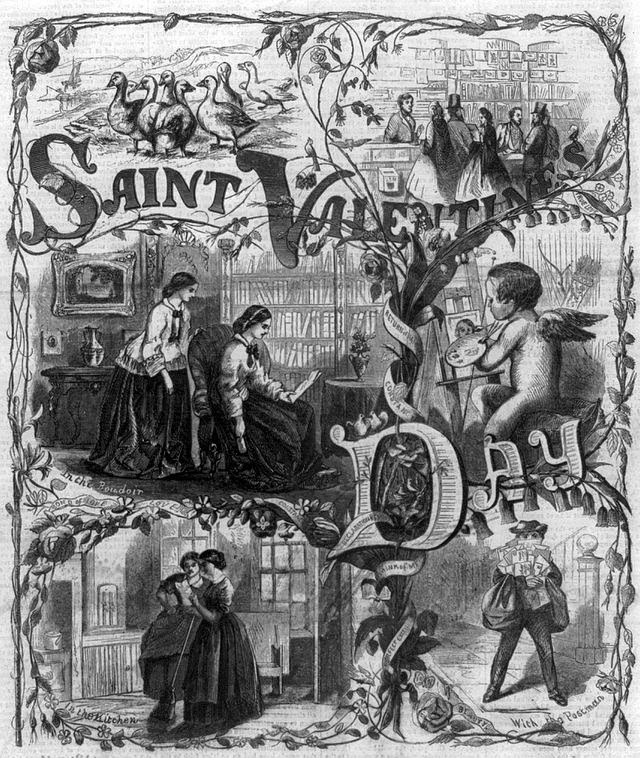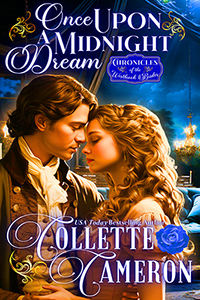One of the things I love the most about writing historical romance is coming across superstitions, old wives’ tales, and myths I can incorporate into my stories.
Some superstitions I’ve used are common. For instance, red hair and green eyes are associated with evil or the devil, and owls are often thought to be harbingers of bad luck or even death.
Others have been fun to incorporate, like the mythical mantel of Arthur in Cornwall making a character invisible or Persinette changing her hair to wings and flying away. In both those instances, my heroines have been desperate to escape unpleasant situations.
The Scots, in particular, where very superstitious, and I’ve tapped into those superstitions by mentioning the Callanish Circle curse which claims sinners were turned into stone for their heathen activities on the Sabbath, or that fairy cats roam the forests in Scotland.
Two of my favorite Scottish myths relate to Valentine’s Day. It seems in Scotland the first person you meet on the street becomes your Valentine for the day, and if someone found another’s lost glove, that person would be their Valentine. I used these in Heart of a Highlander which is part of a Valentine Anthology, Gifts of Love.
A few others I’ve discovered have been downright weird like not cutting your hair when the moon is waning, because it will fall out, or if you bite your tongue when you are eating, you’ve told a lie recently.
Scottish folklore holds that it’s bad luck to see a pig on your wedding day or take a pig on a fishing boat. (Really?) Then there’s taking the first tooth a child loses and rolling it in paper lined with salt and stuffing it into a mouse hole.
Hmm, might make it difficult for the Tooth Fairy to find.
In the seventeenth century, women were to give birth in a dark, warm room to protect them and the babe from evil spirits. And finally, in the early 19th century, men avoided salad because it was thought to cause male sterility.
Yes, we can smile now, but people really believed this stuff.
Do you have any favorite old wives-tales, superstitions or myths? I’d love to know what they are.
Images courtesy of Wikimedia Commons











